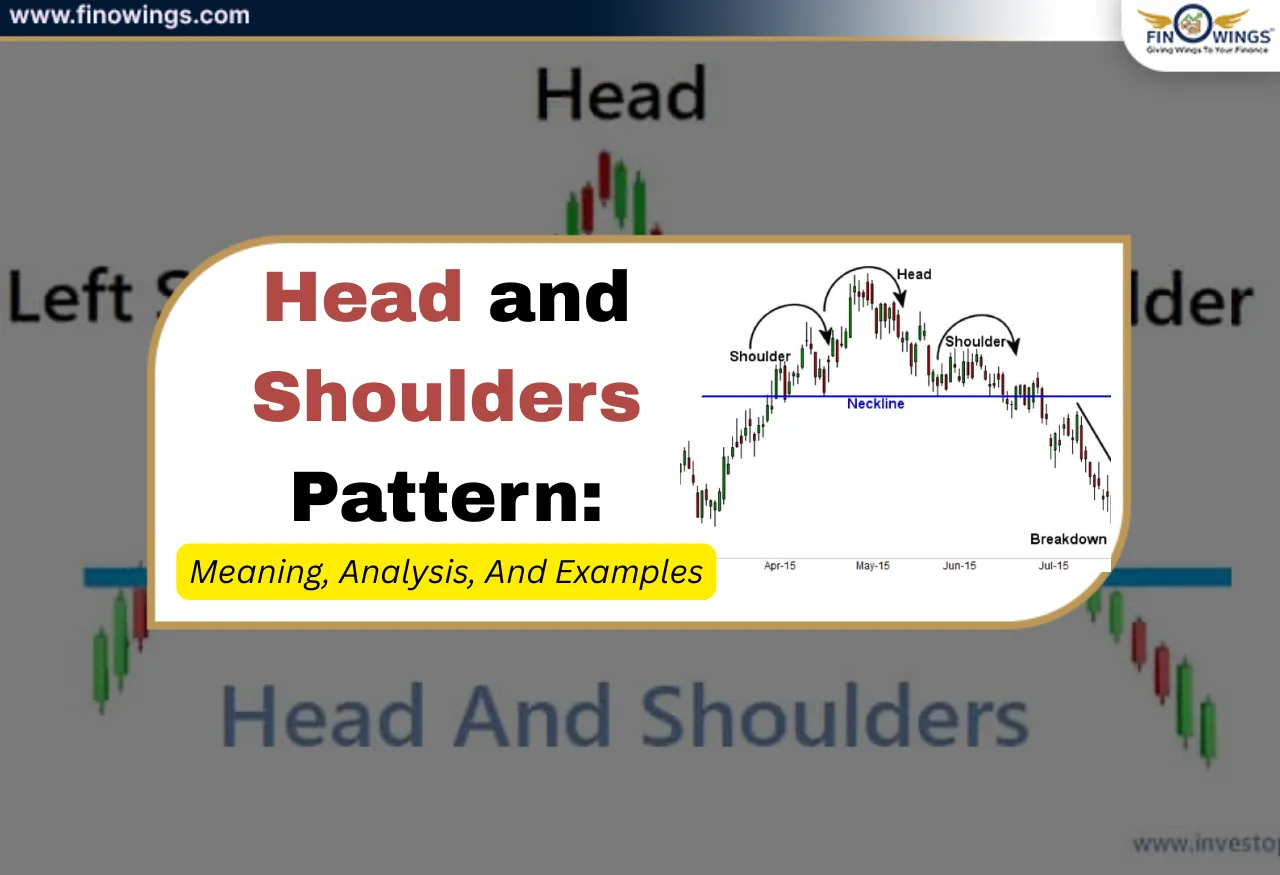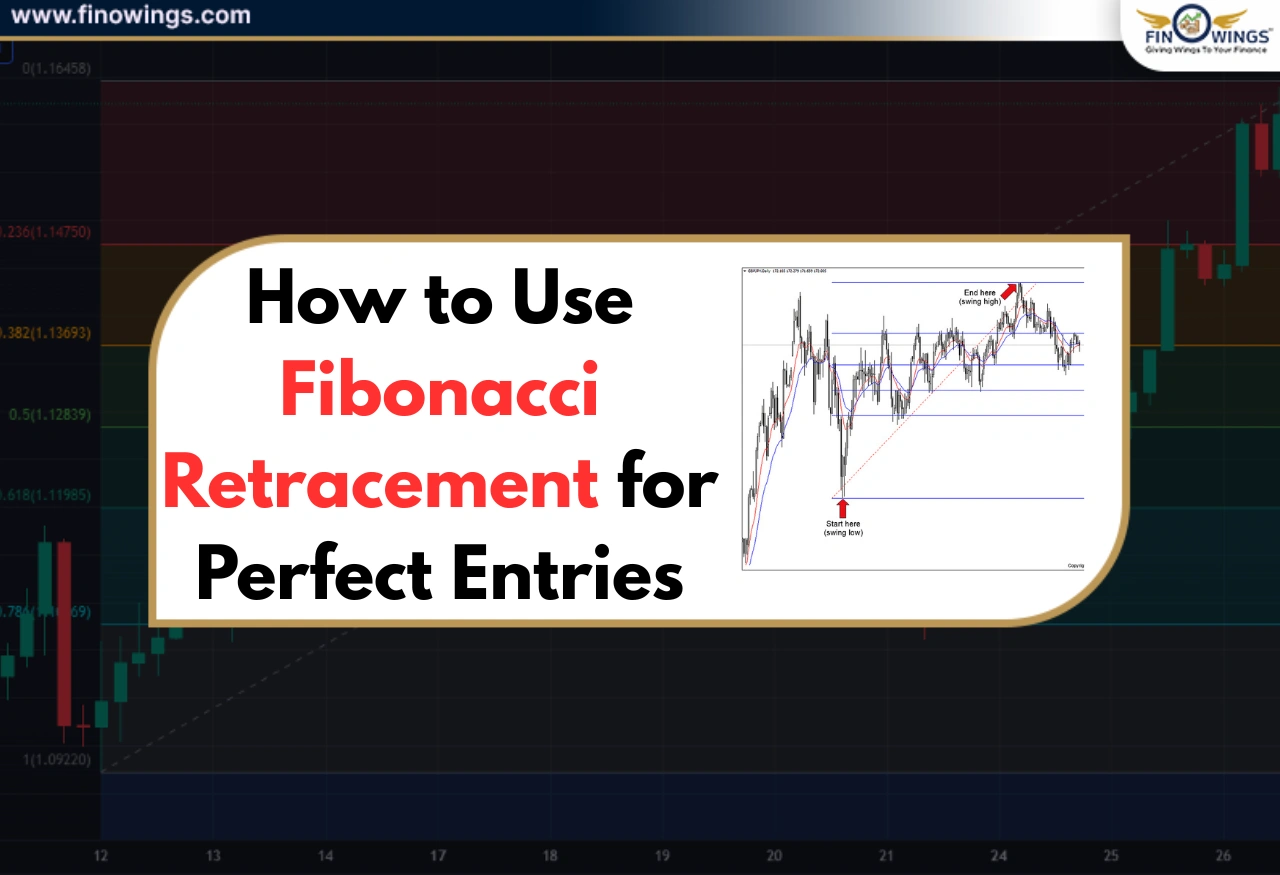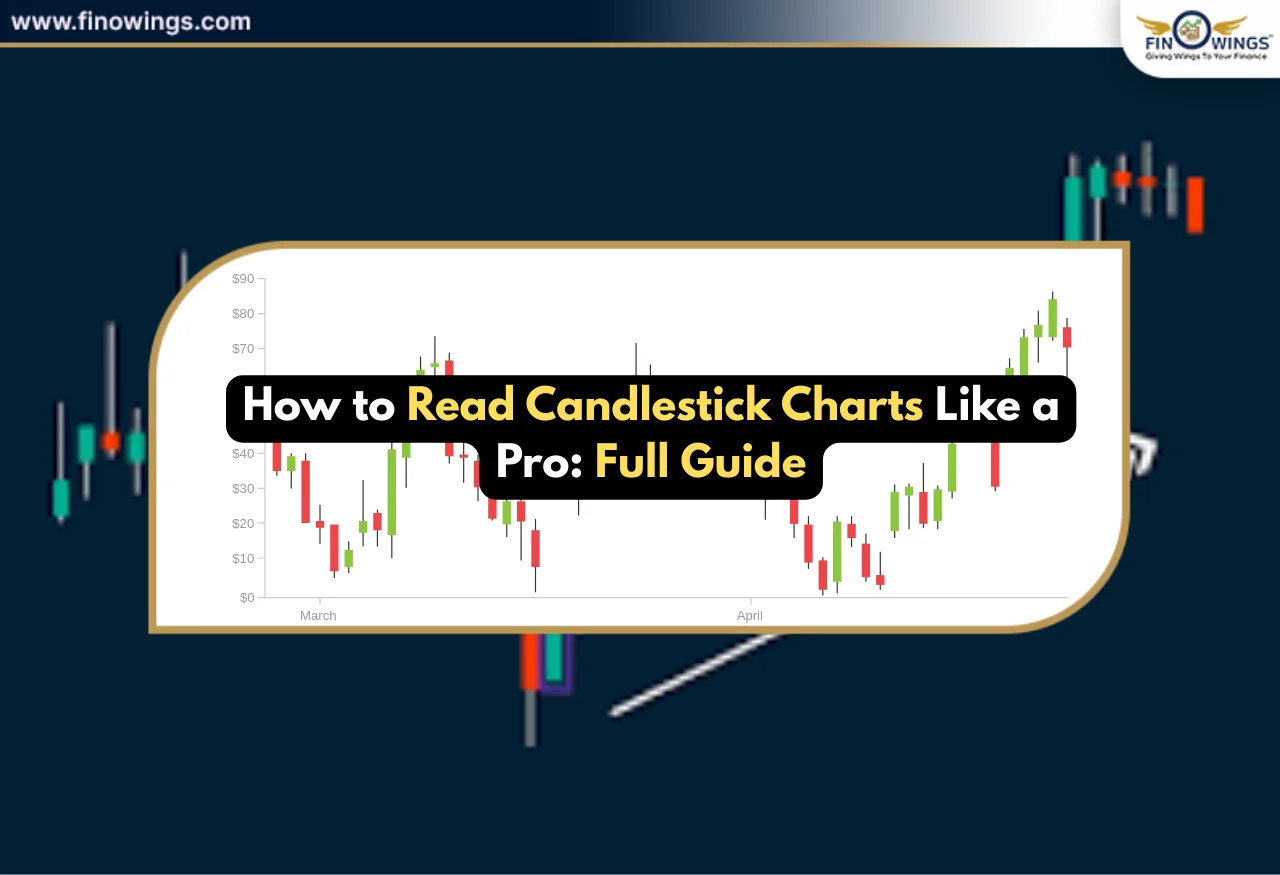Support and Resistance in stock markets are points where the price is expected to reverse with the trend. It is analysed using technical analysis.
A trader should know that support and resistance levels are crucial for equity, options, and currency trading. Master these levels to trade flexibly in the stock markets.
Usually, books do not contain what a trader needs to master and ends up losing money with the wrong prediction of support & resistance levels.
In this blog post, a trader will learn the basics of support zone and resistance zone with diagrams, and they will never make mistakes in identifying one.
Let’s get started.
What are Support and Resistance?
Support and resistance are levels in a chart used by traders to refer to a security’s price and ensure that the price does not go to the extreme of the marked levels. The marked levels of upper price and lower prices are known as support and resistance levels.
A support level is a buying level, where there is an increased demand for the security, at a certain price and it is strong enough to hold the sellers and stop the stock price to fall any further. It is also known as the predicted low or lower boundary because the level has not been broken in the chart.
The resistance level is a selling level, where the demand to buy the security decreases at a certain price level, and the sellers build in the zone to resist the buyers from taking the price go up any further. It is also called the zone of resistance with an upper boundary, and it is opposite the support zone.
We have clearly described each level, now it’s your turn, as a trader to tell us, at which level you will buy and at which you will sell…
It is simple to understand, because as we understand the support level is where the buying happens most of the time, so it is a safer level to hold or buy more for a target price.
On the other hand, when the price has reached an all-time high or shows an increasing trend, we tend to find the resistance level, as we understand the sellers will join in from such levels and push the stock to go down.
How do determine and draw Support and Resistance Levels?
Support and resistance levels are powerful concepts in technical analysis, and one should clearly understand their potential in the market.
To determine and draw the levels, we suggest you use tradingview.com and take advantage of the chart analysis practice to mark support and resistance levels.
We will help you to understand how to mark the levels as a beginner in the market.
Primary types of Support and Resistance Lines
S&R lines can be of many types, based on chart patterns and price-level of security. In this blog, as a beginner you should know about the basic support and resistance levels, that can be drawn through a trendline and normal horizontal pattern.

Horizontal Support and Resistance Levels
Horizontal S&R lines are marked for the levels, as it identifies the price levels by drawing an easy horizontal line on the chart.
Mark support and resistance levels using the following steps:
-
Open a Chart in trading view – e.g. . ICICI Bank
-
Spot a past price trend in the chart where the price has not been broken down or up
-
Select ‘horizontal line’ from tools and draw the line where the security is resisting or supporting the price
-
Remember support level will be on the downside and the resistance level will be on the upside placement of the chart
-
Once the price approaches the horizontal line, there is a high chance that it will retrace from that line.

For example, the above chart shows the resistance level on the upside, and as you can see, the price is retraced from the resistance levels, which is a sign that horizontal support and resistance levels work for the best.
Trendline Support and Resistance Lines
This type of S&R marking is done using trendlines in a stock’s chart. A trendline is a line drawn under or over a specific trend or direction of a price.
One can say that trendlines are a visual representation of support and resistance in several time frames. Using trendlines, a trader can observe the direction and speed of the price movement in a chart and mark it as the trend forms.
For example, higher highs and higher lows indicate that the price movement is in an uptrend, whereas lower highs and lower lows indicate a downtrend. A trendline can be drawn during this moment to ascertain it as a trend.
Trendlines can be upward sloping and downward sloping, as per the trend developed by a stock’s price movement.
To analyse support and resistance levels learn how to draw a trendline, the higher highs – highs lows formation or lower highs – lower lows formation should touch three price levels before it is taken into consideration.
We can help you with a picture that shows the uptrend with three-price touches with a trendline.

You need to simply draw a trendline connecting two or more highs during a downtrend and two or more lows during an uptrend to mark the support and resistance levels.
In a strong trend formation, the price will surpass the trendline of the resistance zone, and move in the upper direction continuing the trend. When a downtrend occurs, the support zone of the trendline is crossed below to receive an immediate selling from the support price.
Note that, whenever a trendline is surpassed below or above, an entry or exit of trade can be made as per the seller or buyer of the stock.
It is deemed that the price will move beyond or below the trendline whenever it overdrives the support and resistance price.
We hope that you understood the trendline support and resistance lines because mark that it is going to be in use a lot of times during trading. Support and resistance in stocks should be practiced using this understanding to get a better grasp on the concept.
How to make profits using Support and Resistance Strategy?
We know that you are here, reading this blog, only to understand the way to make profits from this strategy.
My friend, nothing is as simple, as it seems.
Profits can be made unlimited in stock markets only if you maintain discipline, learn the basics, and prepare yourself for an unseen future.
Read further only if you have understood the basics of support and resistance, otherwise, we suggest you read the above again.
Here are 5 steps in which we will tell you a step-by-step procedure to identify the support and resistance lines.
# Step 1 Select the Timeframe
To find support and resistance levels of stock, traders should select the time frame in which they are going to find the levels.
The time frames can be short-term with 3-6 months of historical data for analysing the support and resistance, or one can load a longer time frame chart to analyse data of 6-12months.
A chart frame with a longer time frame will be more compressed in comparison to a short-term time frame chart.
To understand best time frame for intraday trading, a proper data analysis is required. The timeframe is essential because analysing price in a yearly chart is more significant than a monthly chart and analysing in a weekly chart is more significant than an intraday chart.
Investing your time strategically in analysing the technical charts while you analyse the support and resistance levels is always better.
# Step 2 Identify the highs and lows of the chart
After identifying the correct timeframe for the chart, ensure that you are marking the highs and lows of the chart within that timeframe.
Spot the highs and lows in the price chart by pointing out the extreme highs and extreme lows as shown in the figures below.
# Step 3 Connect the highs and lows
When you have successfully spotted the highs and lows of the price chart, connect the highs and lows using a horizontal line or trendline as per the chart behaviour.
When you join all the highs in the chart using a horizontal line, it will act as resistance for your stock, and when all the lows are joined together, it will act as support to the stock.
Note: A trader should analyse 2-3 price zones before drawing a support or resistance line in the stock’s chart.
Conclusion
Through this blog, we learned that support and resistance act as decision-makers for stock to predict its direction in the market.
KEY TAKEAWAYS:
-
A support level is a buying level where there is high demand.
-
A resistance level is a selling level where a stock demand is low in the market.
-
In a basic analysis of support and resistance levels, a horizontal line and trendline can be used to mark the levels.
-
A strong form of the price chart will happen when the price surpasses the support or resistance lines. You should know that the price may fall or go up respectively.
-
Mark S&R using 3 steps: 1. Time frame 2. Identify highs and lows 3. Join the high and lows.









